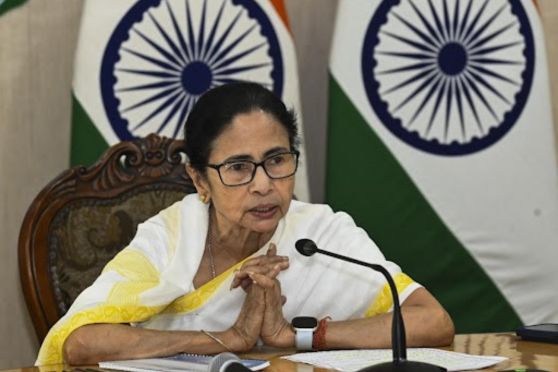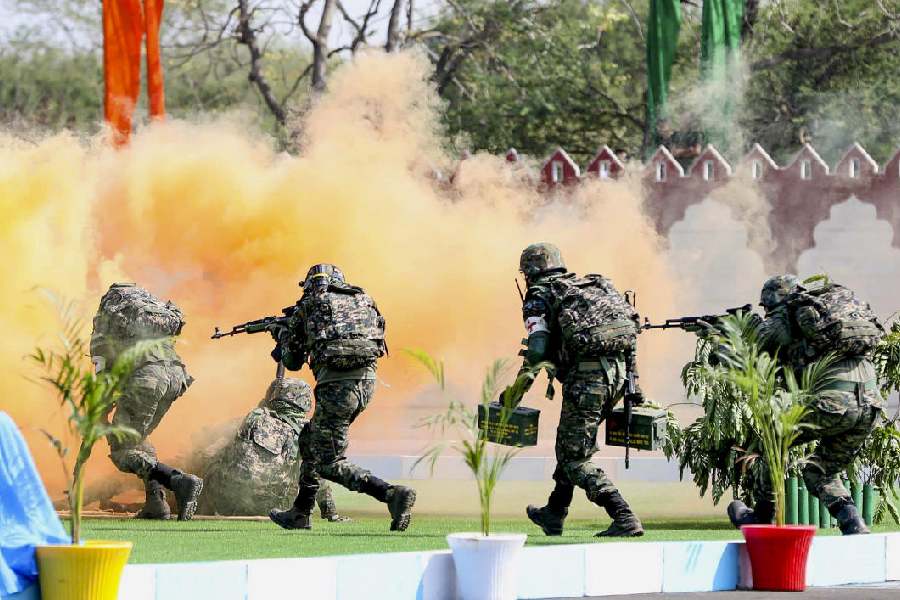New Delhi, Sept 8: India’s space agency will use its trusted workhorse rocket to launch two foreign satellites tomorrow in what is being described as the Indian Space Research Organisation’s 100th mission.
Isro officials said a 51-hour countdown began yesterday morning for the 9.51am Sunday launch of the Polar Satellite Launch Vehicle (PSLV) that will ferry a 720kg French remote sensing satellite and a 15kg Japanese microsatellite.
This will be the 22nd launch of a PSLV which first flew in 1993 and has evolved into what a former space department official said is a launch vehicle with a “near perfect record, unreplicated by any in its class anywhere”.
During the countdown, mission engineers will conduct hardware and software checks of the launch vehicle, the spacecraft, and ground systems, and fill liquid propellant into two stages of the 12-storey tall, four-stage PSLV, Isro said.
Prime Minister Manmohan Singh is expected to watch the launch at the Satish Dhawan Space Centre at Sriharikota island on India’s eastern coast. This is the first time Singh will observe a launch there, although he had visited Sriharikota in 2005, a senior space department official said.
Space officials are describing the Sunday launch as Isro’s 100th mission, beginning with Aryabhata, India’s first satellite in 1975, and including all the experimental as well as operational satellites and launch vehicles that Isro has launched since then.
The count of 100 includes all failed as well as successful launches and all Indian satellites whether procured or built by Isro, the official said. A PSLV launch with foreign satellites would be treated as a single mission — PSLV — but if Indian satellites also flew on the flight, their number would add to the count.
But the 100th mission comes in the backdrop of Isro’s failure to fully master indigenous cryogenic technology required for the even larger Geosynchronous Satellite Launch Vehicle (GSLV) needed to place 2,500kg class and heavier telecommunications and weather satellites into geostationary orbits.
Isro has been trying to develop a homegrown cryogenic engine — which uses liquid oxygen and liquid hydrogen — for more than two decades, meanwhile relying on a set of cryogenic engines procured from Russia.
On Sunday’s flight, a French satellite named Spot-6 intended for Earth observations will travel with the experimental microsatellite called Proiteres, developed by a team of engineers at the Osaka Institute of Technology in Japan.
Both satellites will be injected into orbits about 655km above the Earth. The experimental Japanese satellite is designed to test the concept of thrusters powered by electric propulsion, a space department official said.
The PSLV will be launched in a “core-alone” version without its usual strap-on motors which are required for heavier payloads in the range of 800kg to 1,600kg.
Isro also has a more powerful version of the PSLV for payloads of about 1,850kg which it had used to launch Chandrayaan-1, India’s first lunar orbiter in 2008.
The PSLV, India’s only commercial launch vehicle, began launching foreign satellites in 1999 when it carried a South Korean satellite and a German satellite. Since then, Isro has used PSLV to launch satellites for customers from Canada, Denmark and Israel, among other countries.










